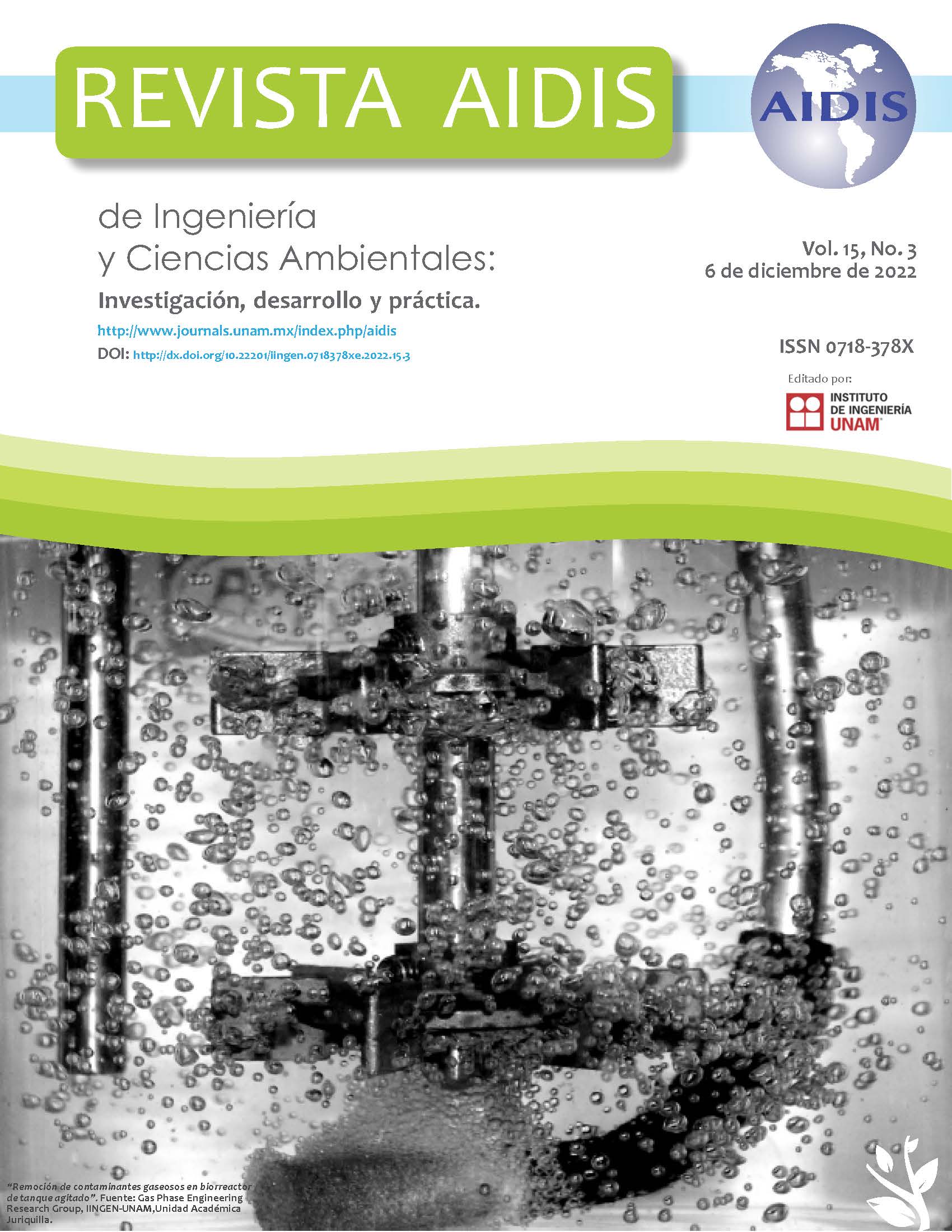LIQUID EFFLUENTS CLASSIFICATION IN A PUBLIC HOSPITAL: A CASE IN BELO HORIZONTE, BRAZIL
Main Article Content
Abstract
Liquid effluents generated by hospital activities can cause negative environmental impacts if poorly managed. The continuous operation and service to a large and heterogeneous public often contribute to a significant consumption of water resources and the consequent generation of liquid effluents. In this research, the characterization of the liquid effluents generated and the diagnosis of possible reasons for the occurrence of non-conforming parameters were carried out. The study was carried out from July to October 2019, in a public hospital in Minas Gerais. Data collection took place from the consolidated institutional record of effluent analyzes in the period 2016 to 2019. The results show that the main parameters that differ from those established by Technical Standard 187/5 is the Chemical Oxygen Demand. Among the 22 parameters analyzed, the medians of point AM01 were higher for 16 parameters. At the AM02 point, only the parameters total boron, total phenols, total fluorides, total suspended solids, surfactants and sulfates presented medians higher than the AM01 point. A positive and high correlation can also be observed between the BOD and COD parameters for both points. Variation in the effluent toxicity characteristics of the studied hospital was observed, especially due to the monitored parameters that are associated with the discarded materials.
Article Details
Citas en Dimensions Service

This work is licensed under a Creative Commons Attribution-NonCommercial-NoDerivatives 4.0 International License.


